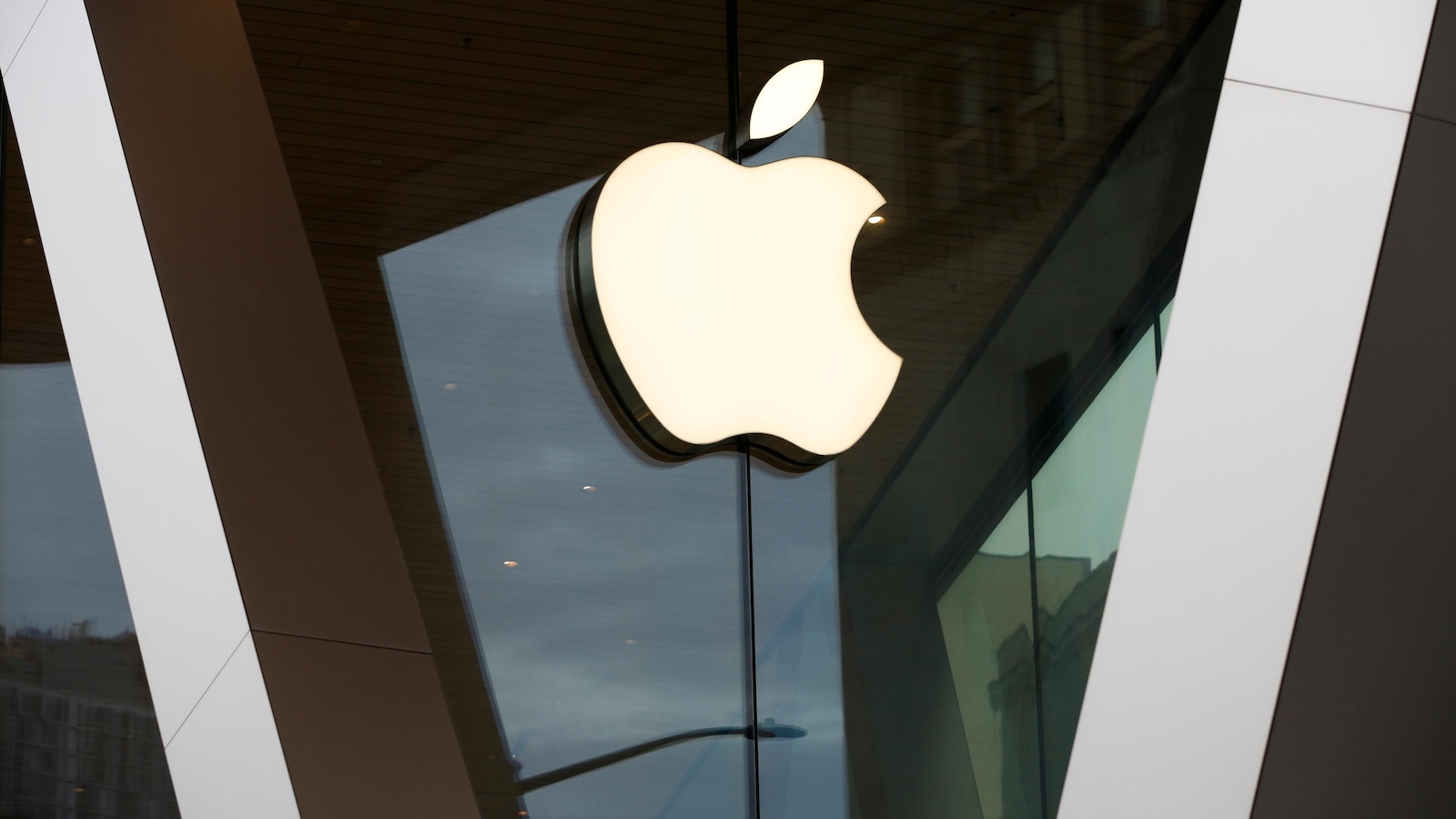
NEW YORK — Apple is discontinuing its buy now, pay later service known as Apple Pay Later barely a year after its initial launch in the U.S., and will rely on companies who already dominate the industry like Affirm and Klarna.
It’s an acknowledgement from a company known for producing hit products that building a financial services business from scratch as Apple has been doing for several years is difficult and highly competitive.
Apple Pay Later launched with fanfare in March 2023 as a way for iPhone customers to split purchases of up to $1,000 into four equal payments with no fees or interest. The service was Apple’s answer to the growing popularity of buy now, pay later services globally, and considered a sizeable threat to companies like Klarna, Affirm and others.
But Apple Pay Later was only available where Apple Pay was accepted whereas the other buy now, pay later companies had deeply integrated themselves into millions of merchant websites.
In an acknowledgement of how popular buy now, pay later services had become, Apple said at its developer’s conference this month that it would start allowing banks to offer buy now, pay later plans to their customers through Apple Pay and Apple Wallet. Affirm would be integrated directly into Apple Wallet, and Apple customers would be able to open an Affirm account directly.
“With the introduction of this new global installment loan offering, we will no longer offer Apple Pay Later in the U.S.,” Apple said late Monday. “Our focus continues to be on providing our users with access to easy, secure and private payment options with Apple Pay, and this solution will enable us to bring flexible payments to more users, in more places across the globe, in collaboration with Apple Pay enabled banks and lenders.”
Apple executives as recently as this month had indicated that the company still had plans for Apple Pay Later despite announcing plans to integrate Affirm directly into Apple Wallet.
Apple Pay Later was unique because Apple needed to create its own bank to offer the loans. The Apple Card is issued by Goldman Sachs, which means Goldman ultimately decides who gets approved and what spending limits are for each customer.
Apple has discontinued any new Apple Pay Later loans, but customers who have existing Apple Pay Later loans will be able to manage them inside Apple Pay.
Apple has announced that it will be discontinuing its buy now, pay later service just one year after its launch. The service, which allowed customers to make purchases using installment payments through Apple Pay, was initially seen as a way for the tech giant to compete with other popular buy now, pay later services like Afterpay and Klarna.
The decision to discontinue the service comes as a surprise to many, as Apple had been heavily promoting it as a convenient and secure way for customers to make purchases. However, it seems that the service did not gain the traction that Apple had hoped for, with reports indicating that it struggled to attract users and merchants.
In a statement, Apple cited “changing market conditions” as the reason for discontinuing the service. It is unclear what exactly these market conditions are, but it is possible that increased competition in the buy now, pay later space played a role in Apple’s decision.
Despite the discontinuation of the buy now, pay later service, Apple Pay will still be available for traditional purchases using credit and debit cards. The company has not announced any plans to replace the buy now, pay later service with a new offering.
For customers who have used the buy now, pay later service in the past year, Apple has stated that any remaining installment payments will still need to be made according to the original terms. It is recommended that customers check their accounts and make arrangements to ensure that all payments are made on time.
Overall, the discontinuation of Apple’s buy now, pay later service serves as a reminder of the rapidly changing landscape of financial services and the challenges that even tech giants like Apple face when trying to enter new markets. It will be interesting to see how this decision impacts Apple’s future offerings and whether they will continue to explore alternative payment options in the future.


